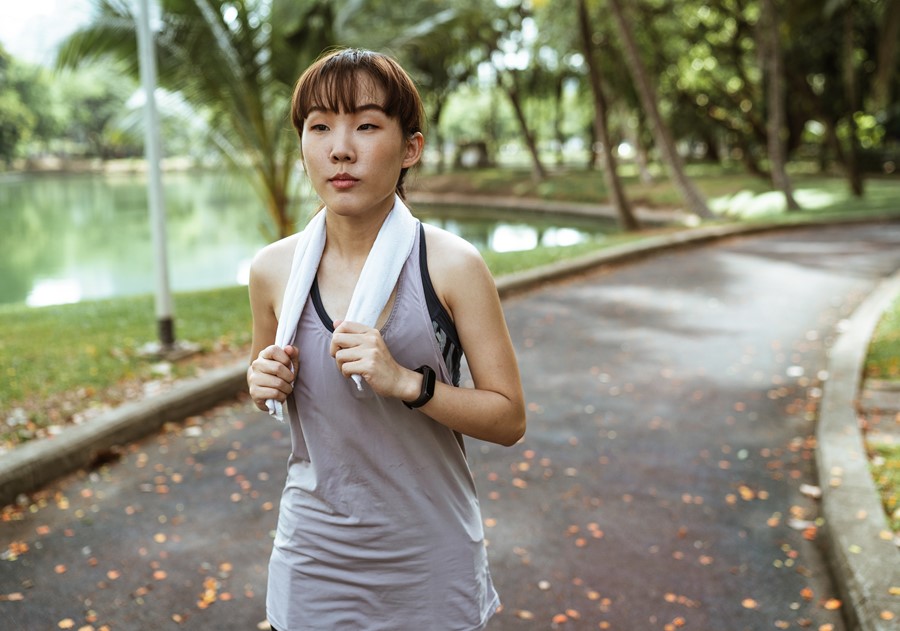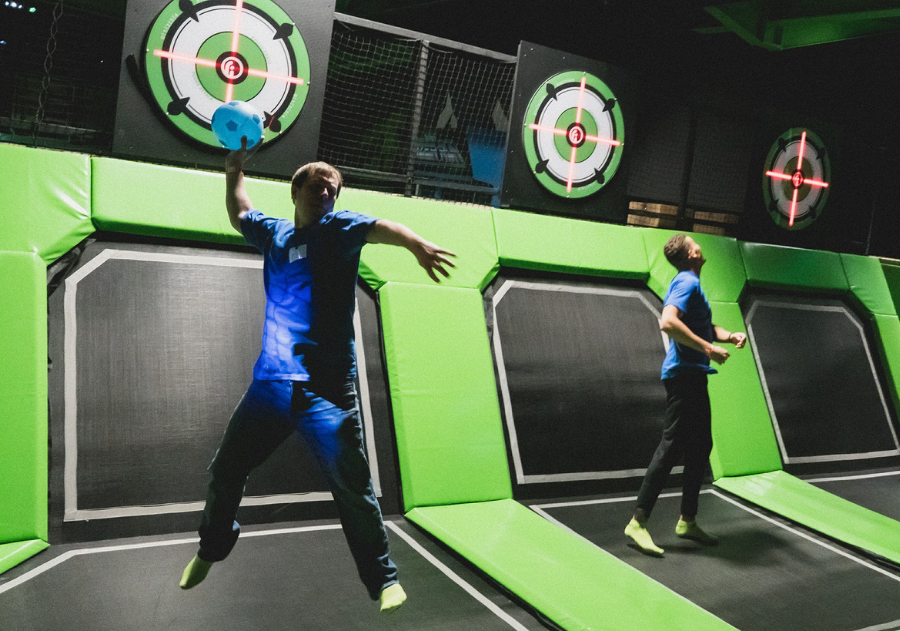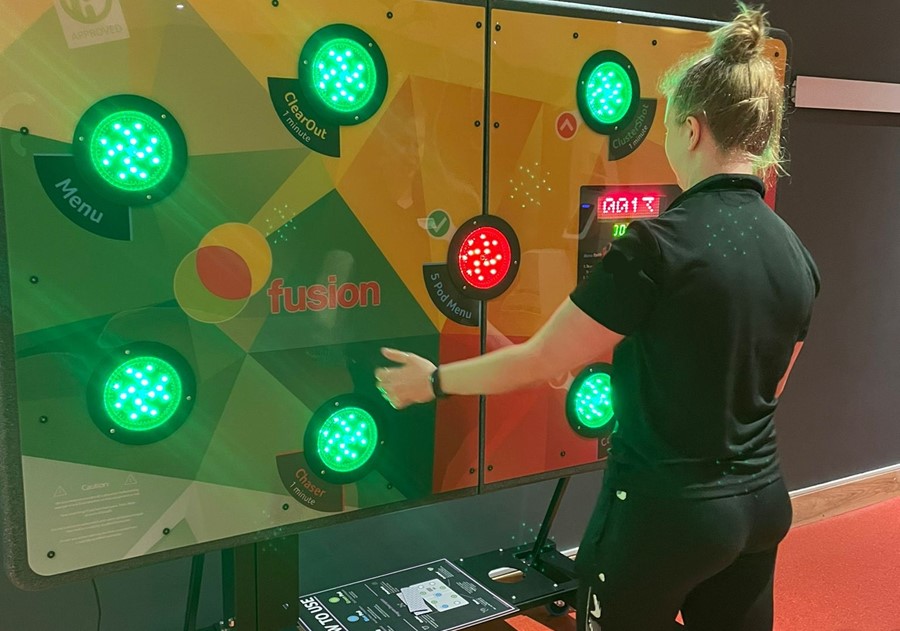
The coronavirus pandemic has left tens of thousands of people in desperate need of better connection and support. Now two years on from drastic changes to our everyday lifestyle, wellbeing and security, there are organisations and community centres searching for ways to improve sociability and the feeling of belonging.
Leisure centres and trusts provide a much-needed space for improved health and wellbeing. Sport and exercise help develop confidence, self-worth and help create more inclusive, resilient and connected neighbourhoods. Many Leisure Trusts that we speak to are concerned that their local communities aren’t getting enough physical and social stimulation, but with help from National Lottery funding from Sport England’s Tackling Inequalities Fund, this may be about to change.
Inactivity levels, mental health conditions and loneliness are at an all-time high, so now more than ever, there is a need for communities to find ways to reconnect, recover and reenergise. Here we explore how exercise and wellbeing delivered through leisure trusts can be a huge part of the solution.
The Scale of the Problem
The coronavirus pandemic has broadened the inequalities gap between socio-economic classes in a number of areas, including access to green space, jobs healthcare and digital connectivity. Levels of inactivity in the UK have been rising at an alarming rate, and the impact of covid and lockdowns has exacerbated the problem. An extra 3.2 million people are now classified as inactive: participating in less than 150 minutes of exercise a week1. Physical inactivity is a leading cause of disease and disability worldwide, so finding ways to give people the opportunity to exercise is vital.
The pandemic has had a profound effect on sociability, with over 3.7 million adults reporting that they felt lonely ‘often’ or ‘always’2. Those hardest hit included single parents, those living alone and older people. However, community and leisure centres can be the hub that bring these people together, and provide a much-needed space for communication, togetherness and connectivity. Our leisure centres can and should appeal to all ages, abilities and cultures – what’s important is ensuring that people feel and experience that.
Exercise Isn’t Just Physical
It’s a well-known fact that exercise improves our physical health and conditioning and reduces the chances of disease, illness and all-cause mortality3. Physical activity has also proved to be a powerful tool for decreasing anxiety, depression and stress4 – conditions which have all increased significantly in the general population since the start of the pandemic. Exercise stimulates the brain and releases endorphins into the bloodstream, helping to improve mood, increase self-esteem and self-control.
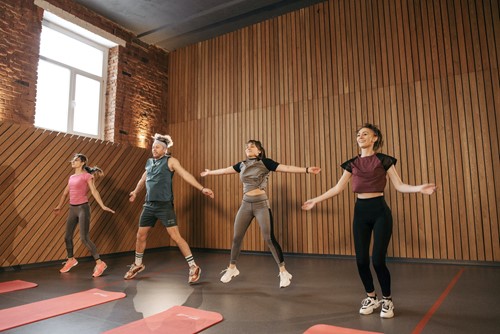
Physical activity can also play its part in tackling loneliness. Leisure centres have a huge role here in bringing people back together. Exercise classes, group sessions and team sports can re-connect us by increasing social engagement, creating new friendships and support networks. As Robert Butler, National Institute on Aging, once said; “If exercise could be packaged in a pill, it would be the single most widely prescribed and beneficial medicine in the nation”.
Breaking Down Barriers
The power of physical activity for physical, mental and social health is clear. For leisure centres, the need to engage our communities in fun, stimulating activities is key. Sport England understand the importance of this, which is why their Uniting the Movement5 campaign is at the forefront of current thinking. Their mission to reduce any barriers to physical activity is hugely important to ensure all sectors of our communities feel included.
Their strategy includes:
- Increasing availability and breadth of organised activities e.g., exercise classes, led walking groups, Sunday league football
- Supporting organisations to be more relevant to their communities and more inclusive for all
- Working with partners to design and deliver more enjoyable experiences
- Developing and delivering campaigns for behavioural change e.g. This Girl Can
- Increasing communications to people and organisations about the importance of getting active
- Improving referral pathways and encouraging more GPs to prescribe exercise as a preventative and curable therapy
Funding for Good
Encouraging people to be regularly active impacts everything from personal health to community strength. The coronavirus pandemic has led to greater levels of inactivity and illness, but leisure centres can help support people back into exercise and provide a place for people to start their recovery from covid-related fatigue and long covid. Sport England’s 10-year vision is to help transform lives through sport and physical activity – a campaign many communities are already behind.
We’re working with leisure trusts around the country to find ways of appealing to a wider range of ages and abilities with our CardioWall® technology. We believe that by making exercise fun, motivating people to try harder for longer, is one huge step in the right direction to encouraging life-long activity.
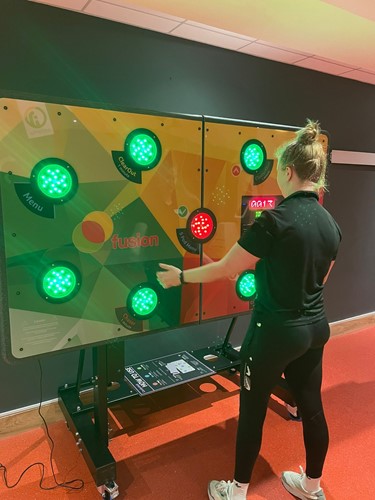
“[For those considering a CardioWall] - just do it. There’s not a downside. If you’ve got the funding, then there’s no better way of spending it. It’s a great addition to an existing gym, or placed elsewhere as an alternative fun activity.’’ – Chris Martin, Activities Coordinator
A new UK Active Report (12th Jan 2022)6, states that public health initiatives must help raise awareness of social prescribing for gyms and leisure centres in order to help reduce pressure on the NHS. The importance of physical activity on health and wellbeing has long been known, and finally, it appears that real change is being made for good.
In Summary
There are clear and tangible benefits to keeping our population active. And during times when the NHS is under pressure from the pandemic, keeping people healthy, both physically and mentally is something communities must strive to achieve.
Our leisure centres are more than a place to exercise, they’re the heart of our communities. They provide a common space, a connection and a support network for hundreds of people. They cater for all ages and abilities and ensure that every single one of us has access to physical and mental wellbeing that is so desperately needed during this pandemic. With support from funding, 2022 should be the year that all leisure centres can widen their appeal, reconnect and increase their offerings to allow more people to be active.
by Lucy Manley
References
- https://www.theguardian.com/sport/2021/jan/07/leisure-facilities-face-90m-a-week-loss-under-uk-winter-covid-19-lockdown
- https://www.ons.gov.uk/peoplepopulationandcommunity/wellbeing/articles/mappinglonelinessduringthecoronaviruspandemic/2021-04-07
- https://www.thelancet.com/journals/lancet/article/PIIS0140-6736(17)31634-3/fulltext
- https://adaa.org/understanding-anxiety/related-illnesses/other-related-conditions/stress/physical-activity-reduces-st
- https://www.sportengland.org/why-were-here/uniting-the-movement
- https://www.ukactive.com/news/leading-the-change-report-calls-for-government-to-help-reduce-pressure-on-nhs-by-backing-social-prescribing-in-fitness-and-leisure-sector/
By Simon Heap, Creative Director
I designed the Pro-X Elite as the ultimate solution to a problem that I’d begun…
All movement matters. Whether it’s walking up the stairs rather than cruising up in a lift, a lunchtime jog rather…
Welcome back to our ‘Best For’ series where we highlight some of our best picks for your indoor adventure centre.…

